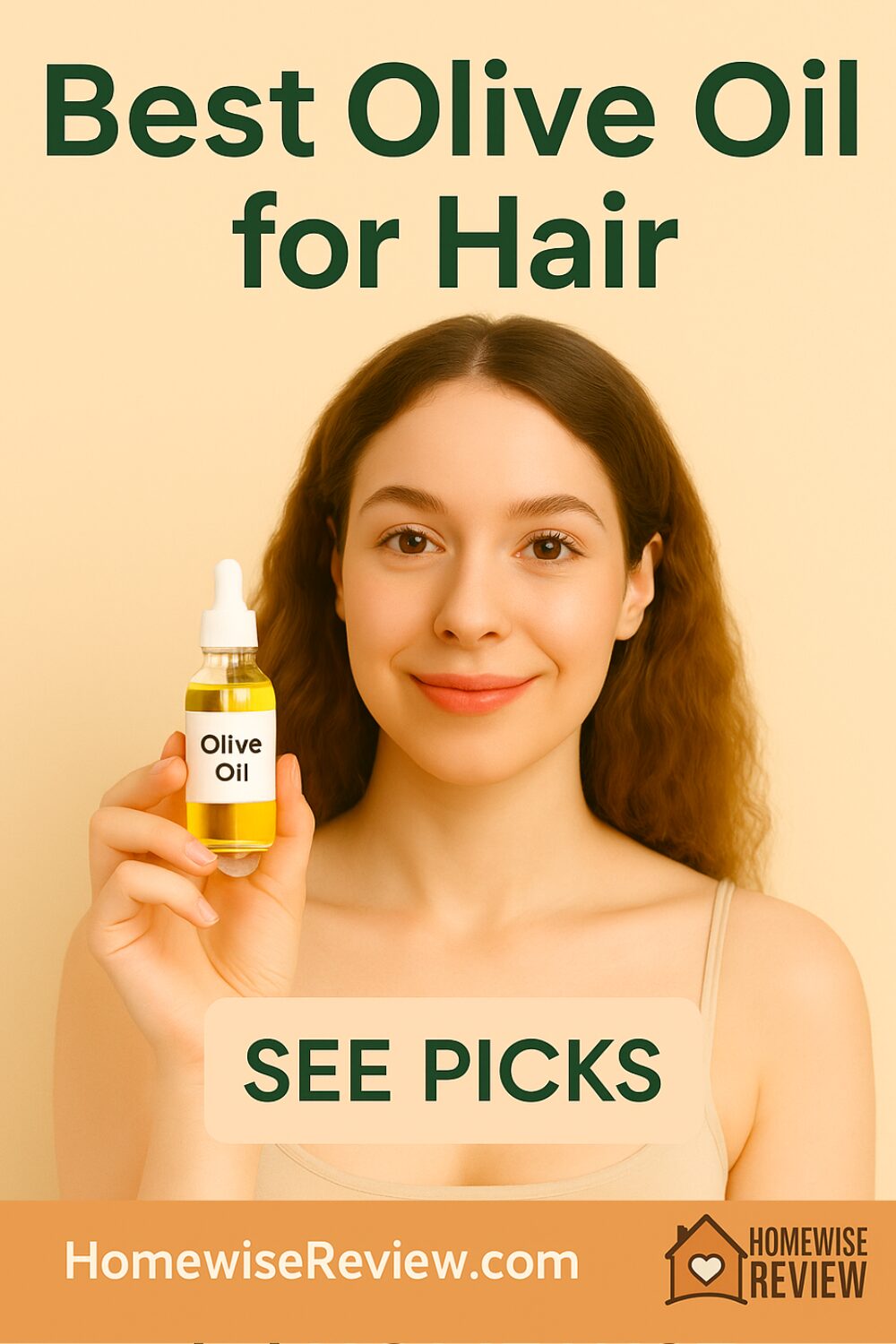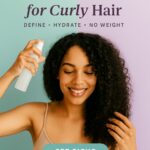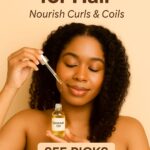
Beautiful hair loves fat—specifically, the fatty acids and antioxidants in a good extra-virgin olive oil (EVOO). Used the right way, olive oil helps reduce friction while you detangle, cushions fragile ends, and seals in moisture so curls and waves look glossier and straighter styles feel softer. It’s also an easy win for itchy, tight scalps: a gentle massage with a few drops can help loosen buildup and calm that “dry hat” feeling.
Below you’ll find four reliable, cold-pressed EVOOs that perform beautifully on hair (not just pasta). We chose options with clean sourcing, low acidity, and a pleasant, mild aroma so your routine smells fresh—not like a salad. Ratings reflect a summary of owner feedback and stylist commentary.
Quick Picks (mobile-friendly)
| Product | Best For | Texture/Feel | Why We Like It |
|---|---|---|---|
| California Olive Ranch Extra Virgin Olive Oil | Everyday pre-poo & sealing ends | Light–medium; clean, grassy scent | Consistent quality, low bitterness, absorbs without a greasy film |
| Pompeian Organic Extra Virgin | Budget-friendly masks & hot-oil treatments | Medium body; soft herbal scent | USDA organic, widely available, reliable for larger batches |
| Bragg Organic Extra Virgin | Sensitive scalps, fine–medium hair | Lighter mouthfeel; very mild scent | Smooth, low-acidity profile that won’t overwhelm delicate hair |
| La Tourangelle Extra Virgin | Thick/coarse hair & high-porosity curls | Richer slip; fuller aroma | Extra cushion for detangling, great for scrunch-out and glossing |
Deep Dives
California Olive Ranch Extra Virgin Olive Oil
Rating: 4.8/5
Clean, bright EVOO that feels lighter than many supermarket oils, which is why stylists like it for daily use on fine–medium hair. It gives just enough slip for safe detangling and a soft sheen on blowouts without flattening volume.
Why it works: Low free acidity and a balanced polyphenol profile help condition the cuticle while staying workable.
Pros: Absorbs well; mild scent; easy to find in multiple sizes.
Cons: Not the cheapest; scent can vary slightly by harvest.
Best uses: 2–3 drops on damp mid-lengths/ends, or a 10-minute pre-shampoo.
Pompeian Organic Extra Virgin
Rating: 4.6/5
A solid, affordable USDA Organic pick when you want bigger batches—think hot-oil treatments and DIY masks. The texture is medium, so it cushions coarse hair and protects ends during heat styling (with a separate heat protectant).
Pros: Great price per ounce; organic; consistent.
Cons: Aroma is a touch stronger; use sparingly on very fine hair.
Best uses: Weekly hot-oil treatment; mix with a little conditioner for a slip-boosting pre-poo.
Bragg Organic Extra Virgin
Rating: 4.7/5
Fans love the gentle scent and softer feel—good news for sensitive scalps, retinoid users, or anyone who hates heavy residue. It’s an easy “first” oil if you’re EVOO-curious but nervous about grease.
Pros: Low-acidity mouthfeel; subtle aroma; organic.
Cons: Smaller bottle sizes can be pricier.
Best uses: Scalp massage (1–2 drops), daily end-sealing for fine–medium hair.
La Tourangelle Extra Virgin
Rating: 4.6/5
A richer EVOO with excellent slip for coils and high-porosity strands that drink up emollients. Wonderful to “scrunch-out the crunch” after gels, or to smooth bulky ends before a silk press (again, pair with a heat protectant).
Pros: Cushiony texture; great for glossing dry styles.
Cons: Too plush for very fine hair; aroma is fuller.
Best uses: Glossing serum on dry curls/waves; mix a teaspoon into a deep conditioner.
How to Choose an Olive Oil for Hair
- Look for “extra-virgin,” cold-pressed, and fresh harvest if listed. Lower acidity = smoother feel.
- Aroma check: You want clean, grassy, or fruity—not musty or stale.
- Match to hair type:
- Fine/low-porosity → lighter EVOOs (California Olive Ranch, Bragg).
- Coarse/high-porosity → richer slip (La Tourangelle).
- Packaging matters: Dark glass helps preserve quality.
How to Use Olive Oil on Hair (Without Grease)
- Pre-shampoo (pre-poo): Warm 1–2 tsp between palms; work through dry mid-lengths to ends. Leave 10–30 min; shampoo once.
- Hot-oil treatment (weekly): Warm 1 tbsp in a bowl (not hot). Apply to damp hair; cover 15–20 min; rinse and condition.
- Scalp massage: 1–2 drops to fingertips; massage 2–3 minutes. Helps loosen buildup and ease tightness.
- Finish/gloss: Rub half a pea between palms; skim over frizz and ends.
Who should go light? Very fine, easily weighed-down hair and low-porosity strands—use drops, not dollops. If you’re acne-prone around the hairline, keep oil off skin.
See Also
If your lengths feel rough or puffy, pair your EVOO routine with a targeted serum from Best Hair Oils for Frizzy Hair and a wash-day reset from Best Clarifying Shampoos for Removing Buildup. Dealing with scalp flakes or itch? Our Best Scalp Treatments for Dandruff picks calm irritation without sacrificing shine.
Growing out damage or breakage? Start with the habits inside How to Stop Hair Breakage and Split Ends and follow up with a rich, rinse-out from Best Conditioner for Dry Hair to lock in the olive-oil softness. Fine hair that gets flat easily? Try techniques from Best Hair Oils for Fine Hair to keep gloss without weight.
FAQ
Is kitchen olive oil safe for hair?
Yes—extra-virgin olive oil is fine for hair. Choose a fresh, reputable brand and use small amounts.
Can olive oil grow hair faster?
It doesn’t directly speed growth, but it can reduce breakage and friction so you retain length.
Will olive oil cause dandruff or clogged pores?
Used sparingly and rinsed well, no. Keep it off acne-prone skin and shampoo as normal.
Can I use heat after olive oil?
Only if you’ve applied a dedicated heat protectant and kept olive oil to the mid-lengths/ends; avoid coating the hair before high heat.
How often should I use it?
1–2 times weekly is plenty. Daily use should be tiny—just a few drops on ends.
Notes: Always patch-test new products/oils. If you have scalp conditions (seborrheic dermatitis, psoriasis), consult a dermatologist before adding oils to the scalp.




